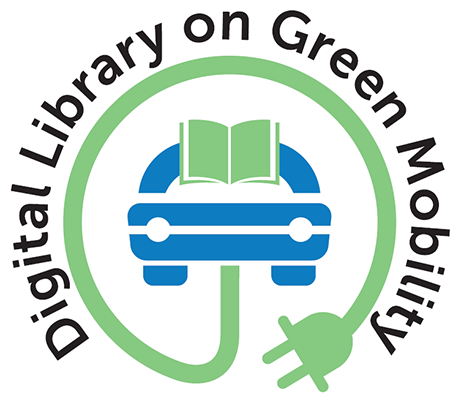Research Papers/Articles
Reaching 10% Renewable Transportation Fuels in 2020 by Electric-Vehicles in Styria/Austria
2012
Author(s): Jungmeier G, Felberbauer K-P, Beermann M
Electric-vehicles have the potential for a significant substitution of diesel and gasoline vehicles, and contribute to a reduction of greenhouse gas (GHG) and particulate matter emissions. According to the European Renewable Energy Directive, the share of renewable transportation fuels should be 10% in 2020.
Governing and Innovation: The Transition to E-Mobility – A Dutch Perspective
2012
Author(s): Van Der Steen M, Van Deventer P, De Bruijn H, Van Twist M, Ten Heuvelhof E, Haynes KE, Chen Z
This is an essay approach to develop a discussion about the role government can play in stimulating electric vehicle (EV) diffusion, adoption and deployment in support of larger societal goals such as sustainability and urban livability.
The briefing paper summarises the status of hybrid vehicle development in the United States. The analyses summarized in this briefing paper suggest that before 2025 full-function P2 hybrids are lik...
Evolution of Incentives to Sustain the Transition to a Global Electric Vehicle Fleet
2016
Author(s): Slowik P, Lutsey N
This report evaluates near-term electric vehicle market trends to apprise on the optimal evolution of governments’ electric vehicle incentive programmes to sustain market growth.
Identifying the leading regional electric vehicle markets in the United States
2016
Author(s): Kwan I, Lutsey N, Slowik P, Jin L
The report identifies and quantifies various metrics regarding the auto markets with highest electric vehicle shares by region in the US.

Using Smartphones to Profile Mobility Patterns in a Living Lab for the Transition to E-mobility
2012
Author(s): Cellina F, Förster A, Rivola D, Pampuri L, Rudel R, Rizzoli AE
The diffusion of electric vehicles presently the most encouraging opportunity diminish the reliance on fossil fuel in the mobility sector. However, the transition to electric vehicles seems hindered by psychological and behavioural hurdle.
Enabling Seamless Integration of EV Charging Infrastructure with Weak Electric Grids
2019
Author(s): Mohanpurkar M, Krishan R, Panwar M, Vyas S, Slezak L, Rodrigues N, Datta A, Meintz A, Hovsapian R
Based on ownership and user preferences, light duty and local delivery medium-duty EVs are typically connected to grid distribution networks whereas larger medium duty and heavy-duty EVs are typically connected to distribution or even sub-transmission networks.
A Regulated Electric Vehicle Charging Scheme in Coordination with Utility Pricing and Transformer Loading
2019
Author(s): Rodrigues N, Sharma J, Vyas S, Datta A
Electric Vehicles (EVs) are becoming an integral part of the transportation fleet in many countries. They have substantially progressed to become a mainstream component of the smart electricity grid and are catalyzing changes in policies and regulations relating to power distribution systems.
A Review on Integration of Electric Vehicles Into Smart Power Grid and Vehicle to Grid Impacts
2019
Author(s): Kumar M, Vyas S, Datta A
The number of Electric vehicles (EVs) in the transportation fleet of many countries is increasing rapidly to tackle rising air pollution levels. In terms of running costs and ability to support the utility power grid, electric mobility clearly stands-out amongst the non-fossil fuel based transportation alternatives.
Investigation of Electric Vehicle Grid Support Capability
2014
Author(s): Napierala A, Blasius E, Nickusch M, Schönrat H-J, Reich J, Krüger D, Binnenbruck R
The scope of the e-SolCar project aimed to enhance the urban grid structures to address the future challenges in photovoltaic generation and loads from e-mobility, the fleet consisting of about 41 battery electric vehicles (BEV) has been put into operation.



